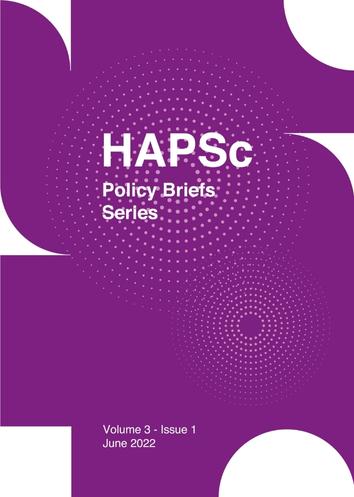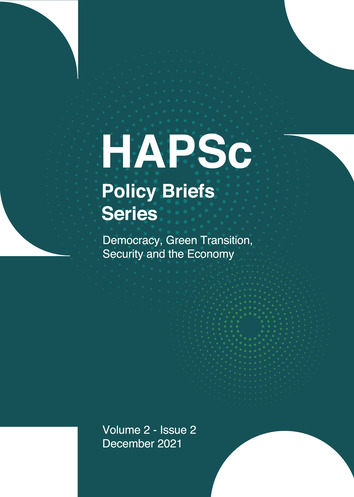Permafrost: A Frozen Minefield in the Northern Hemisphere

Abstract
Some of the world’s biggest countries have areas covered by permafrost, among them Russia, the United States, Canada and China. Permafrost, the soil that was once considered permanently frozen, has been thawing fast while releasing carbon dioxide and methane into the atmosphere. This paper explains what permafrost is and analyses the impact of its subsidence. Official reports from governments and prestigious international organisations were examined along with resources from scientific journals. Notably global warming is amplified, economy is at risk by infrastructure failure and human health is endangered by the hidden diseases inside permafrost. Furthermore, this paper, apart from identifying the significance of the problem, provides possible solutions to counter permafrost thawing and ensure the safety of the people. Suggestions are being proposed, among them, the establishment and funding of permafrost scientific networks and permafrost insurance for the directly affected people.
Article Details
- How to Cite
-
Nikitaki, C. E., & Moustou, A. (2022). Permafrost: A Frozen Minefield in the Northern Hemisphere. HAPSc Policy Briefs Series, 3(1), 130–138. https://doi.org/10.12681/hapscpbs.31002
- Section
- Articles

This work is licensed under a Creative Commons Attribution 4.0 International License.
Authors retain copyright and grant the journal right of first publication with the work simultaneously licensed under a Creative Commons Attribution License that allows others to share the work with an acknowledgement of the work's authorship and initial publication in this journal.


